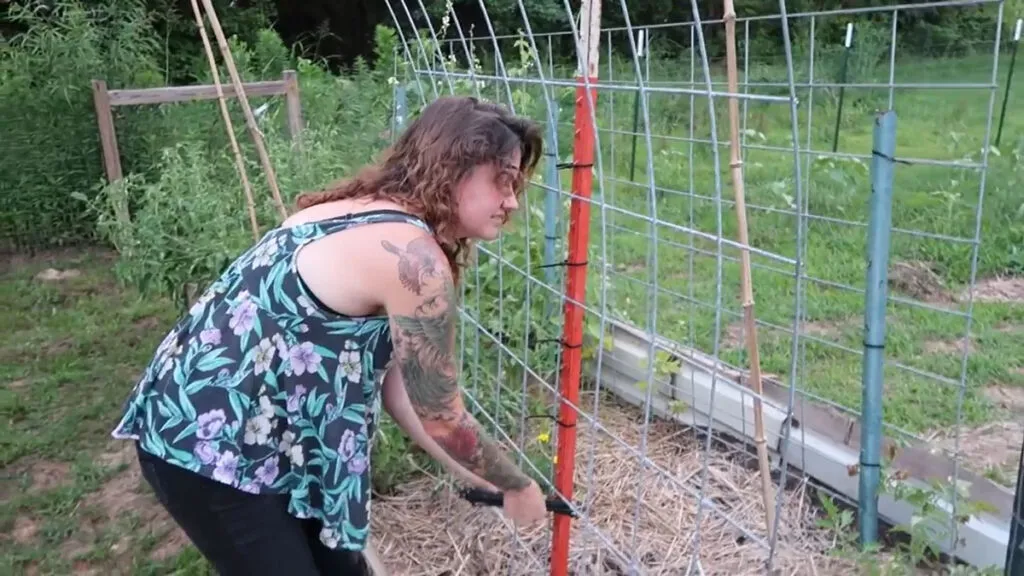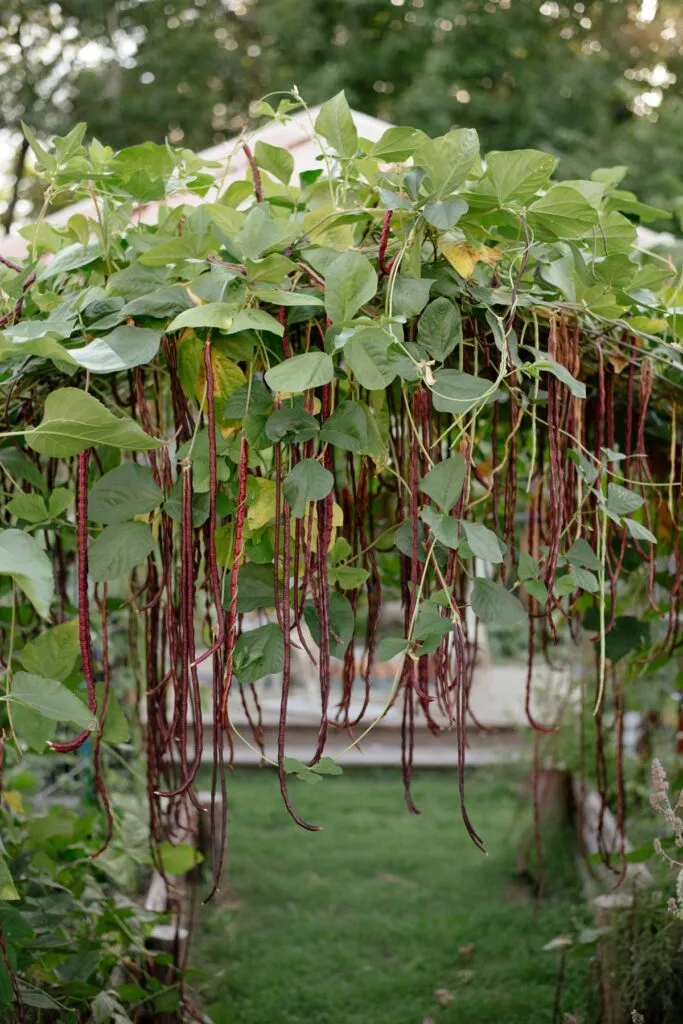Creating a Thriving Vertical Garden: Your DIY Guide

Gardening vertically is like adding an extra dimension to your gardening space. It’s a fantastic way to grow more in less space, making it perfect for those with small yards or balconies. But it’s not just about practicality; a well-designed vertical garden can be a stunning focal point, adding a touch of artistry to your outdoor haven.
As an artist who finds inspiration in nature’s beauty, I’ve always been drawn to the unique charm of vertical gardens. They allow you to transform ordinary walls and fences into flourishing tapestries of greenery. Over the years, I’ve experimented with different vertical gardening methods, discovering both successes and lessons along the way.
This guide is a culmination of my experiences, designed to empower you to create your own DIY vertical garden. I’ll guide you through the benefits, share budget-friendly ideas, and offer practical advice on choosing the right plants. Let’s embark on this vertical gardening journey together!
Why Vertical Gardening? Unveiling the Advantages
Vertical gardening offers a multitude of benefits, transforming the way we think about traditional gardening:
1. Space Maximization:
The most obvious advantage is the efficient use of space. By training plants to grow upwards, you can cultivate a surprising amount of produce even in the smallest of areas. Imagine a single cucumber plant, typically sprawling over 20 square feet, gracefully climbing an arched trellis, its footprint reduced to a fraction of its original size.
2. Harvesting Made Easy:
Picture yourself effortlessly harvesting fresh vegetables and fruits, standing comfortably instead of stooping or kneeling. Vertical gardening brings the bounty within easy reach, saving you from backaches and making the entire process more enjoyable. No more missed cucumbers hidden under a mass of leaves!
3. Healthier Plants, Healthier You:
Elevated plants benefit from improved air circulation and reduced contact with soilborne diseases. With their foliage lifted away from the ground, they dry faster after watering, minimizing the risk of fungal infections.
4. A Feast for the Eyes:
Beyond the practical benefits, vertical gardens are aesthetically captivating. Imagine vibrant flowers cascading down a wall, creating a living masterpiece. They add structure and height to your garden design, transforming simple spaces into enchanting retreats. As any artist knows, the right composition can make all the difference.
Budgeting for Your Vertical Garden: Affordable Solutions
While pre-made vertical garden structures can be quite expensive, creating your own DIY version is incredibly cost-effective. Here are a few budget-friendly ideas:
-
Welded Wire: For the price of a single pre-made trellis, you can purchase a large roll of welded wire, providing ample material for multiple structures.
-
Cattle Panels: These sturdy panels, readily available at farm supply stores, are perfect for building large arched trellises. They are incredibly versatile and surprisingly affordable.
-
Repurposed Materials: Embrace the spirit of creativity and resourcefulness by repurposing old fences, gates, or even bed frames into unique trellises. This sustainable approach adds character and saves you money.
-
Chicken Wire: While not as durable as other options, chicken wire is a readily available and affordable choice, especially for lighter climbing plants.
-
T-Posts: These metal posts, essential for supporting various trellis structures, are an inexpensive investment that goes a long way.
Remember, building a vertical garden doesn’t require advanced carpentry skills. With a few basic tools and a dash of imagination, you can easily create sturdy and functional structures.
Choosing the Right Plants: Reaching for the Sky
A wide array of plants thrive in vertical gardens. When selecting your climbers, consider the following factors:
-
Support Needs: Vining vegetables like cucumbers, melons, and beans require strong support structures. Tomatoes benefit from sturdy stakes or cages, while lighter plants like herbs can be grown in hanging baskets or pockets.
-
Sunlight Requirements: Assess the amount of sunlight your chosen location receives and choose plants accordingly. Some climbers, like leafy greens, tolerate partial shade, while others, like tomatoes, thrive in full sun.
-
Aesthetic Appeal: Vertical gardens offer a fantastic opportunity to get creative with your plant choices. Combine different colors, textures, and growth habits to create a visually stunning display.
Building Your Vertical Garden: A Step-by-Step Guide
Creating your own arched trellis is easier than you might think. Here’s a simplified version of my step-by-step guide, which you can find in detail on my website:
-
Gather Your Materials: You’ll need cattle panels, T-posts, zip ties, and basic tools like a wire cutter and a mallet.
-
Prepare Your Site: Choose a sunny location with well-drained soil.
-
Install the T-Posts: Drive the T-posts firmly into the ground at your desired width, ensuring they are deep enough for stability.
-
Attach the Cattle Panels: Bend the cattle panels into an arch and secure them to the T-posts using zip ties.
-
Plant and Enjoy: Once your structure is complete, plant your chosen climbers at the base, ensuring they have ample space to grow. Water deeply and regularly, and watch your vertical garden flourish!
 A woman putting on zip ties to a cattle panel attached to a t-post.
A woman putting on zip ties to a cattle panel attached to a t-post.
 Long red beans growing on an arched trellis.
Long red beans growing on an arched trellis.
Conclusion: Cultivating Creativity and Abundance
Vertical gardening is a testament to the beauty of combining practicality with creativity. It allows us to grow an abundance of food in limited spaces while transforming ordinary walls and fences into living works of art. Whether you’re drawn to the efficient use of space, the ease of harvesting, or the sheer visual appeal, I encourage you to embrace the world of vertical gardening.
Let your imagination soar as you experiment with different materials, plant combinations, and designs. Don’t be afraid to start small and gradually expand your vertical garden as you gain confidence. Share your experiences, successes, and even challenges with fellow gardening enthusiasts. After all, the journey of gardening is best shared.
And remember, the most important ingredient in any garden is the love and care you pour into it. Happy gardening!
